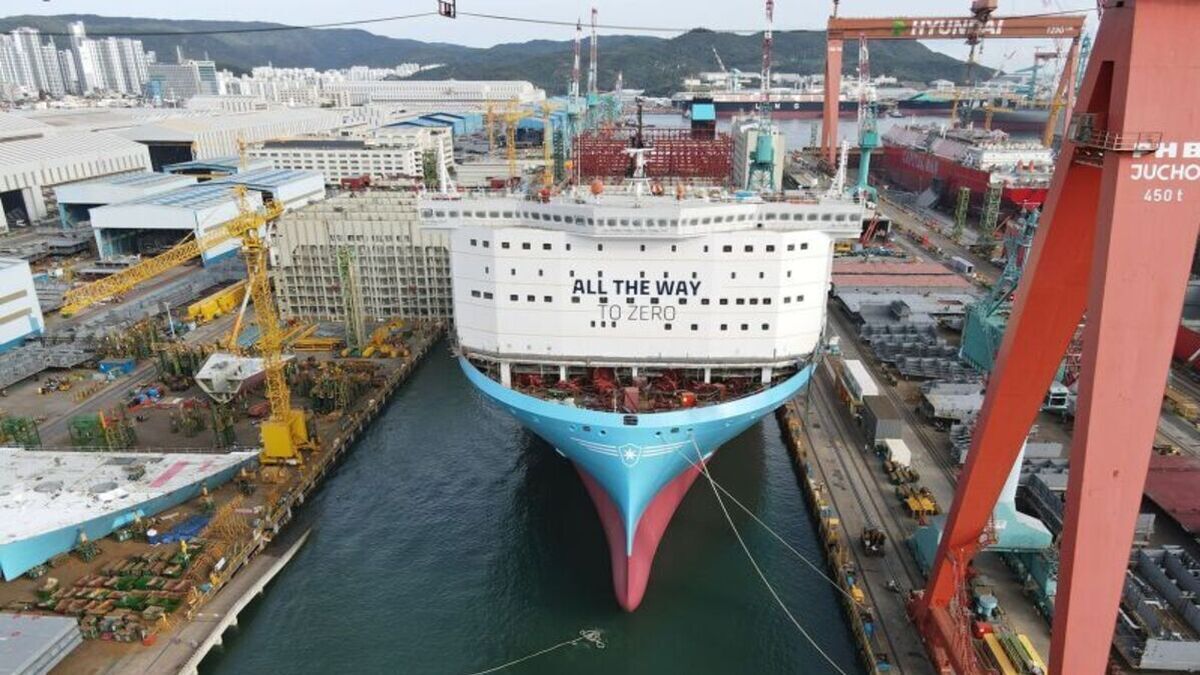Clarksons: 50% of orderbook tonnage is alternative-fuel capable vessels

The global fleet has experienced significant growth, with a 2% increase in gross tonnage since the beginning of the year and a 4% rise compared to last year, driven by the continuous flow of newbuilds. As of early July, the global fleet comprised 109,940 vessels totaling 1.6 billion gross tonnes (gt). Data from shipbroker Clarksons indicates that 1,035 ships, amounting to 42.4 million gt, were ordered in the first half of the year, maintaining a steady pace similar to 2023.
The energy transition and evolving legislation are major factors influencing new tonnage, with 41% of the ships ordered in the first half of the year, equating to 315 units and 17.3 million gt, being alternative-fuel capable. A notable order includes Hoegh Autoliners, which received state grants to convert four of its 12 9,100-CEU pure car and truck carriers on order at CMHI (Jiangsu) to run on ammonia. Clarksons projects that by the end of the decade, more than 20% of the global fleet capacity will be alternative-fuel capable, up from approximately 6-7% in 2024. This projection is supported by factors such as an aging fleet, significant portions of the fleet receiving lower environmental ratings, and long lead times at major shipyards.
Maritime decarbonization efforts propelled as orders for alternative-fueled vessels grow
Retrofitting new technologies remains essential for decarbonization, with over 8,713 ships, accounting for 33.5% of fleet tonnage, having energy-saving technologies installed. These include propeller ducts, rudder bulbs, Flettner rotors, wind kites, and air lubrication systems. Additionally, about 31 existing vessels and 28 newbuilds are set to test onboard carbon capture technology. Excluding LNG carriers, LNG dual-fuel vessels represented 12% of the total tonnage ordered in the first half of 2024, while methanol dual-fuel units accounted for 8%. The proportion of alternative-fuel ready ships rose to 22% of tonnage ordered, up from 16% in the same period in 2023.
Global yard output in the first half of 2024 included 1,208 ships totaling 36.2 million gt, an 11% increase in tonnage compared to last year. However, recycling volumes have remained low, with only 191 units totaling 3.5 million gt scrapped so far. Clarksons highlighted the ongoing momentum in newbuild orders, particularly in the “red hot” tanker sector and active orders for gas carriers and environmental fleet renewal programs by cargo and liner companies. Despite this, investments in port infrastructure and the availability of alternative fuels are lagging, with limited methanol bunkering availability compared to LNG bunkering and shore power connections. Legislative changes, such as the ban on heavy fuel oil in the Arctic region and initiatives for hybrid-electric ferries in North America, are expected to further drive the shift towards more sustainable maritime practices.
